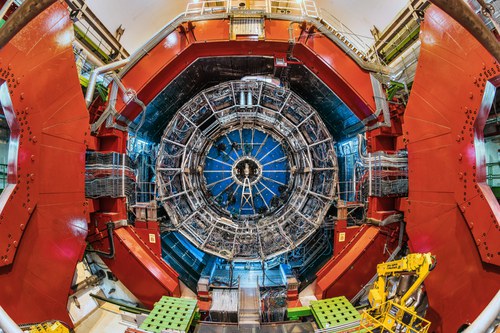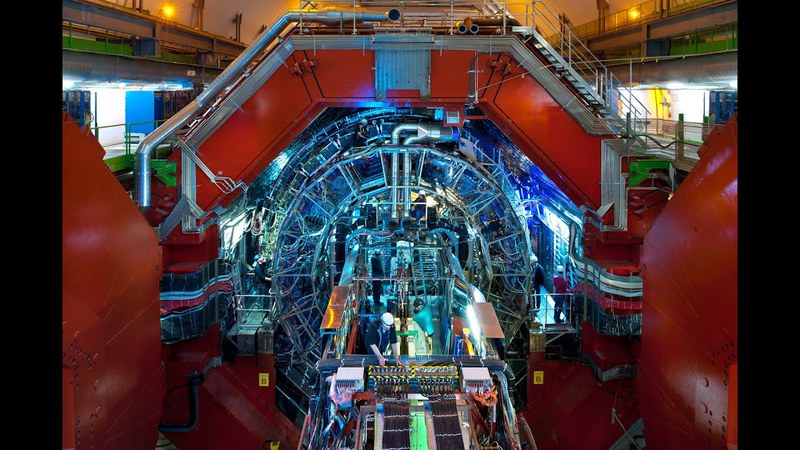
ALICE is a general-purpose, heavy-ion detector at the CERN LHC which focuses on Quantum Chromodynamics (QCD), the strong-interaction sector of the standard model. It is designed to address the physics of strongly interacting matter and the quark-gluon plasma at extreme values of energy density and temperature in nucleus-nucleus collisions. Beside studying lead-lead collisions with center of mass energies up to 5.02 TeV per nucleon pairs, the physics programme includes collisions with lighter ions, lower energy running and dedicated proton-nucleus runs. ALICE also takes data with proton beams at the top LHC energy to collect reference data for the heavy-ion programme and to address several QCD topics for which ALICE is complementary to the other LHC detectors. The experiment consists of 18 different detector systems each with its own specific technology choice and design constraints, driven both by the physics requirements and the experimental conditions expected at the LHC. The most stringent design is to cope with the extreme particle multiplicity achieved in central lead-lead collisions. The detector systems fall into three categories: central-barrel detectors, forward detectors and the muon spectrometer.
Particle Identification (PID) is a crucial aspect of the ALICE experiment. The Bologna group has designed and realised the large Time-of-Flight (TOF) system, which extends the PID capabilities of ALICE with a complete coverage of the central region. The TOF exploit the innovative Multigap Resistive Plate Chamber (MRPC) technology, capable of an intrinsic time resolution better than 50 ps with an efficiency close to 100% and a large operation plateau. In view of future upgrades of the ALICE detector, a study on new sensor types (SiPM, MCP, UFSD) is in progress and targeted to measure their time resolution performance. In these studies, the standard front-end readout electronics of the ALICE TOF, developed and designed by the Bologna group and providing an intrinsic time resolution of 20 ps, is being used.
The members of the Bologna group play also a leading role in data analysis of several physics topics, e.g. high-precision measurements of charm production, measurements of light-flavour hadron and resonance production and spectra and search for exotic objects produced in heavy-ion collisions.

